Exams and Online Classes
“How are you handling exams?” That’s the question I’ve heard most from colleagues this semester as we transition our classes from in person to online, and it’s a tough nut to crack.

“How are you handling exams?” That’s the question I’ve heard most from colleagues this semester as we transition our classes from in person to online, and it’s a tough nut to crack.

Since my last post on Zoom teaching, I got some great tips from my friends on Twitter and thought of a couple more things I want to share:
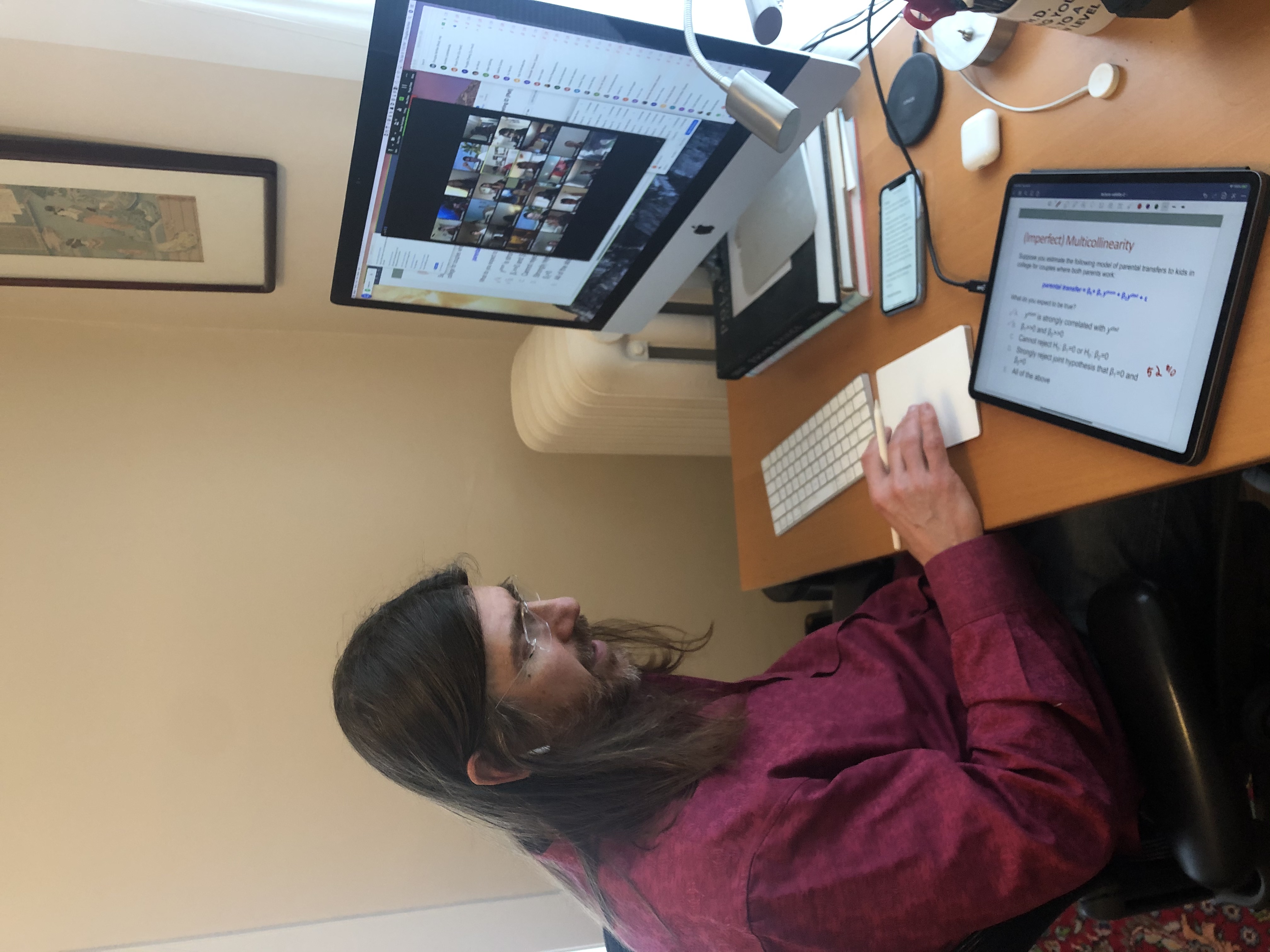
It’s been a long time since I taught my first big lecture course, and at this point, I’ve got a system that I think works well. My students take notes while I lecture, but they also spend lots of class time working in small groups solving problems and answering meaty questions.
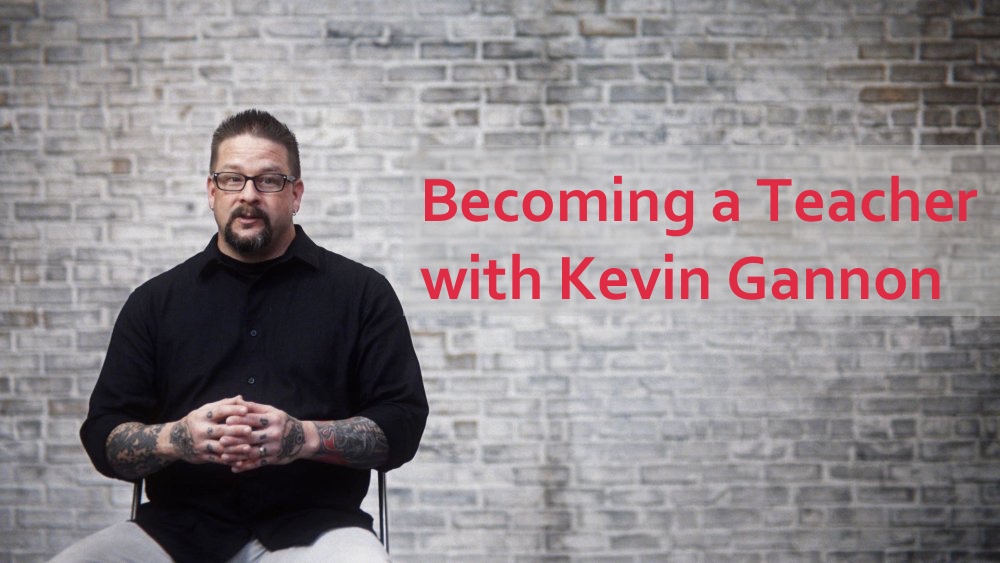
Kevin Gannon is the director of the Center of Excellence in Teaching and Learning at Grand View University in Des Moines, Iowa, and he’s also a Professor of History. Many of our listeners may know him from his articles in the Chronicle of Higher Ed or his popular Twitter feed where he writes about teaching, dogs, race, politics, and seemingly whatever else is on his mind. In this episode we dig deep on Kevin’s personal teaching journey and learn how he came to be the teacher he is today and what kind of teacher he aspires to be in the future.
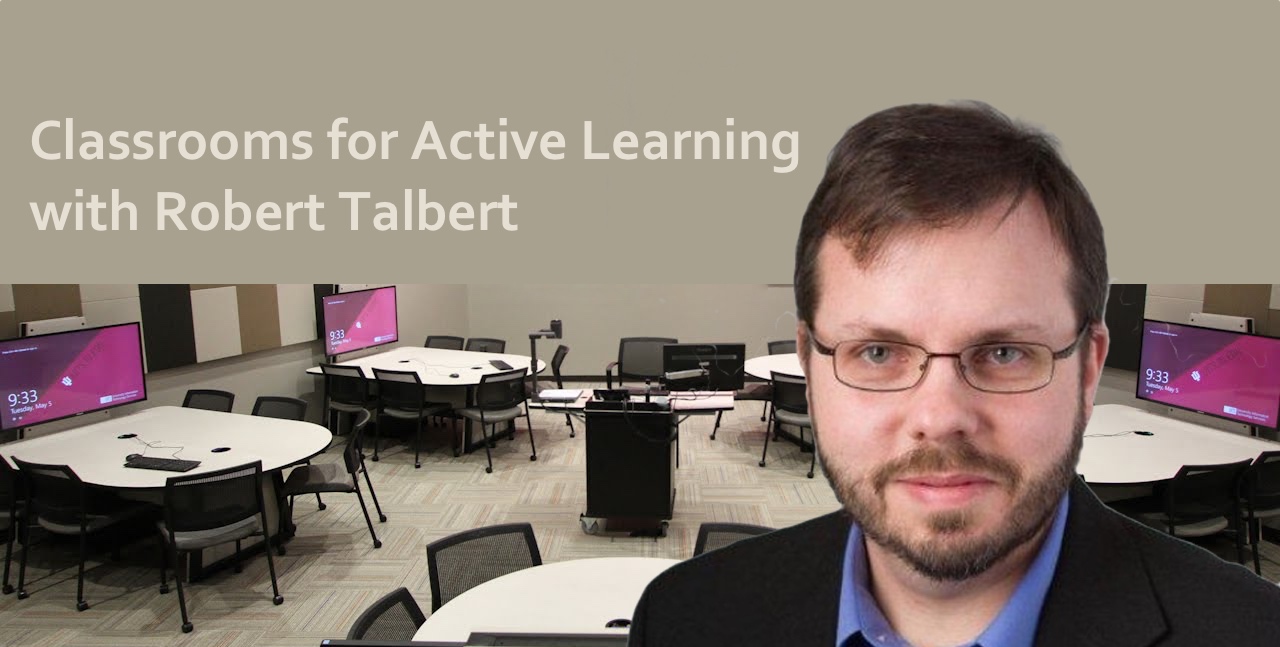
The evidence is clear that when students work actively in the classroom, they learn more. It’s also true that most of the classrooms we teach in were designed for a professor to lecture to a group of students that sit passively and take notes. What do classrooms designed for active learning look like? Do students learn more when we teach in active learning classrooms? And what other impacts might teaching in active learning classrooms have on students and instructors? Robert Talbert, a math professor and education researcher at Grand Valley State University, recently took a deep dive into the literature on these questions, and in this episode he shares what he’s learned.

Machine learning is capable of amazing things. Speech recognition was a fragile novelty 15 years ago and now it’s ubiquitous. Self driving cars are on the verge of breaking through. Chess and Go are now mastered by machines. At the same time we are gathering unprecedented amounts of data on our students. We track their behavior in class and their usage of the Learning Management System (LMS) outside class. We measure their performance through exam scores, quiz scores, answers to in-class questions, and evaluations of their writing. To supplement this information, we have demographics, surveys, and measures of their performance in other classes. It seems obvious that combining these two technologies should yield important insights into student learning, and in fact big money is being invested by the smallest and biggest edtech companies to do exactly this. And I think it’s really dangerous.
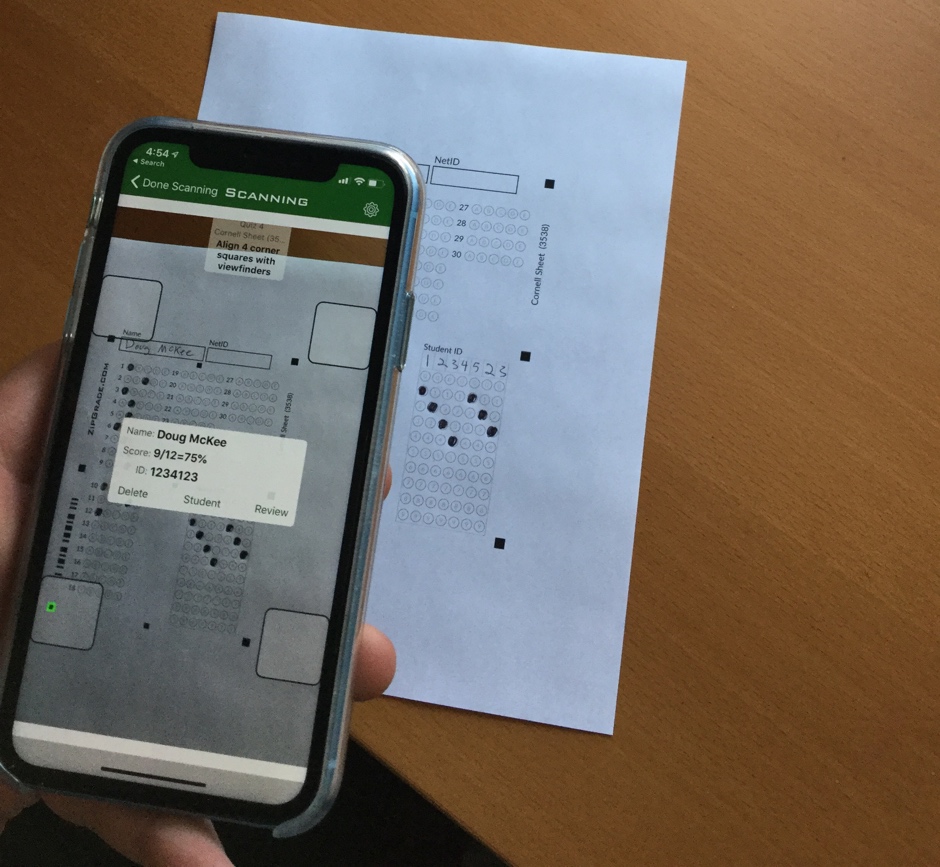
This semester I’m teaching two big classes, and for each, I’m giving two midterms and a final. All six of these exams are composed entirely of free response questions. Some questions require calculations, some require interpretations, and some require longer explanations. You wouldn’t think I’d have much use for an app like ZipGrade that’s designed to grade multiple choice quizzes, but you’d be dead wrong.

Pretty much anyone who has talked to me recently has heard me sing the praises of invention activities. These differ from more typical in-class activities in that students are asked to grapple with challenging problems BEFORE they are taught how to solve them. The experimental work of Dan Schwartz and colleagues shows that this struggle prepares students well to learn from the lecture.
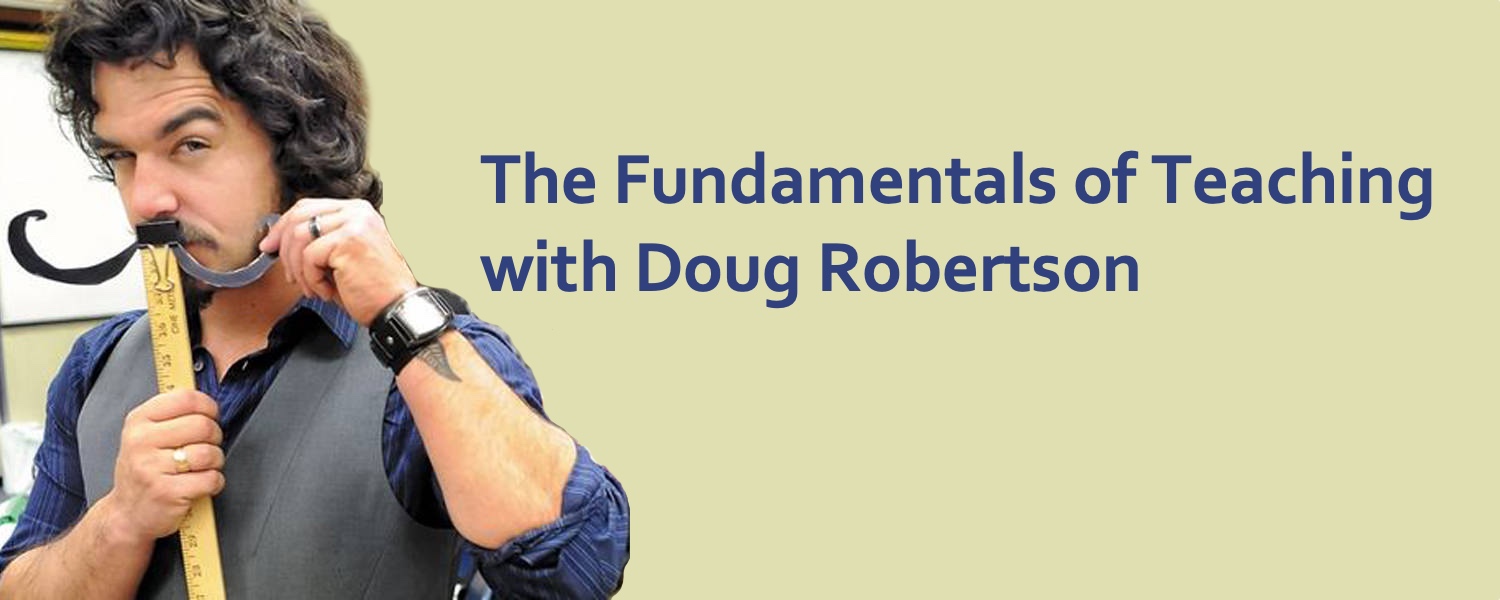
Our guest today, Doug Robertson, is one of the best teachers on the planet. He teaches 4th grade at Powell Valley Elementary School outside Portland, Oregon, and you might know him from his multiple interviews and podcasts, his books, his YouTube channel, or maybe his incredibly entertaining Twitter stream. While we usually focus on higher ed on the show, we had a great conversation with Doug about how we apply the fundamental principles of teaching in our respective classrooms.